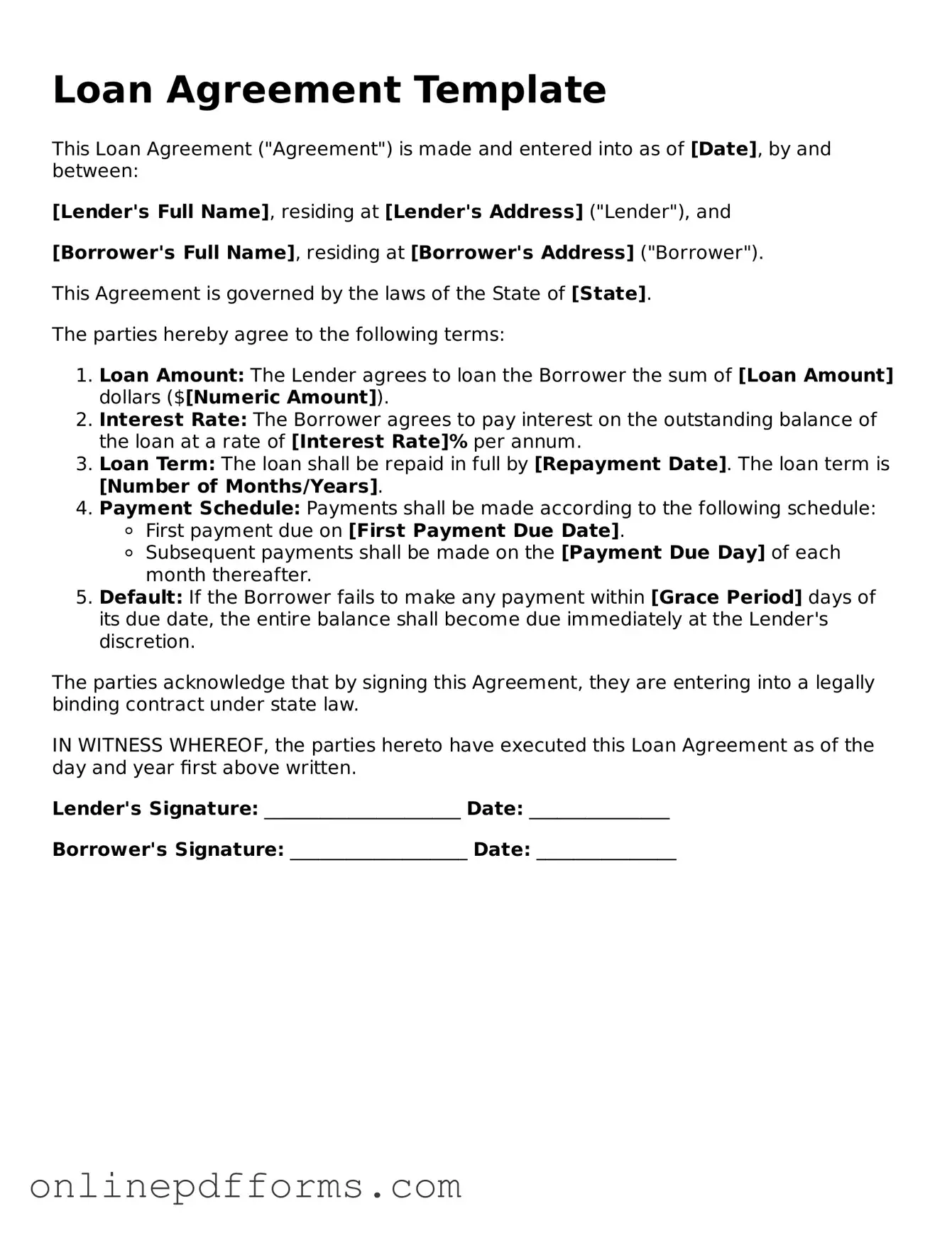A promissory note is a written promise to pay a specified amount of money at a certain time. Like a loan agreement, it outlines the terms of the loan, including the interest rate and repayment schedule. However, a promissory note is typically simpler and may not include all the detailed conditions that a loan agreement might have. It serves as a straightforward acknowledgment of the debt between the borrower and the lender.
A mortgage agreement is a specific type of loan agreement used when borrowing money to purchase real estate. This document secures the loan with the property itself, meaning if the borrower fails to repay, the lender can take possession of the property. It includes details about the property, loan amount, interest rate, and repayment terms, similar to a standard loan agreement but with additional provisions related to the property.
A credit agreement governs the terms of borrowing under a line of credit. It outlines the maximum amount the borrower can draw, interest rates, and repayment terms. Like a loan agreement, it sets forth the obligations of both parties. However, a credit agreement is typically more flexible, allowing the borrower to withdraw funds as needed, rather than receiving a lump sum upfront.
A lease agreement is similar in that it outlines the terms under which one party can use another party's property, typically real estate. It details the rental payments, duration, and responsibilities of both the landlord and tenant. While a lease focuses on property use rather than a financial loan, both documents serve to formalize an agreement between parties and protect their rights.
A partnership agreement is essential for business partnerships. It outlines the roles, responsibilities, and financial contributions of each partner. Similar to a loan agreement, it establishes the terms of the relationship and can include provisions for profit sharing and dispute resolution. Both documents aim to clarify expectations and prevent misunderstandings between parties.
An installment sale agreement allows a buyer to purchase an item by making regular payments over time. It details the purchase price, payment schedule, and consequences of default. Like a loan agreement, it provides a framework for repayment but is often used for tangible goods rather than cash loans, making it a unique variant of borrowing agreements.
A forbearance agreement is a temporary arrangement between a lender and borrower that allows the borrower to pause or reduce payments. This document outlines the terms of the forbearance, including how long it lasts and what happens after. While it serves as a relief option for borrowers, it shares similarities with a loan agreement in that it formalizes the terms of repayment adjustments.
An equity sharing agreement involves two parties sharing the financial benefits of a property investment. One party provides the funds, while the other manages the property. This agreement details how profits and losses will be divided. Similar to a loan agreement, it establishes clear expectations and responsibilities for both parties, focusing on financial contributions and returns.
A personal guarantee is a document where an individual agrees to be responsible for another person's debt. It often accompanies loan agreements to provide additional security for the lender. This document outlines the guarantor's obligations and can be crucial for borrowers who may not qualify for a loan on their own. Both documents aim to protect the lender's interests while facilitating borrowing.
